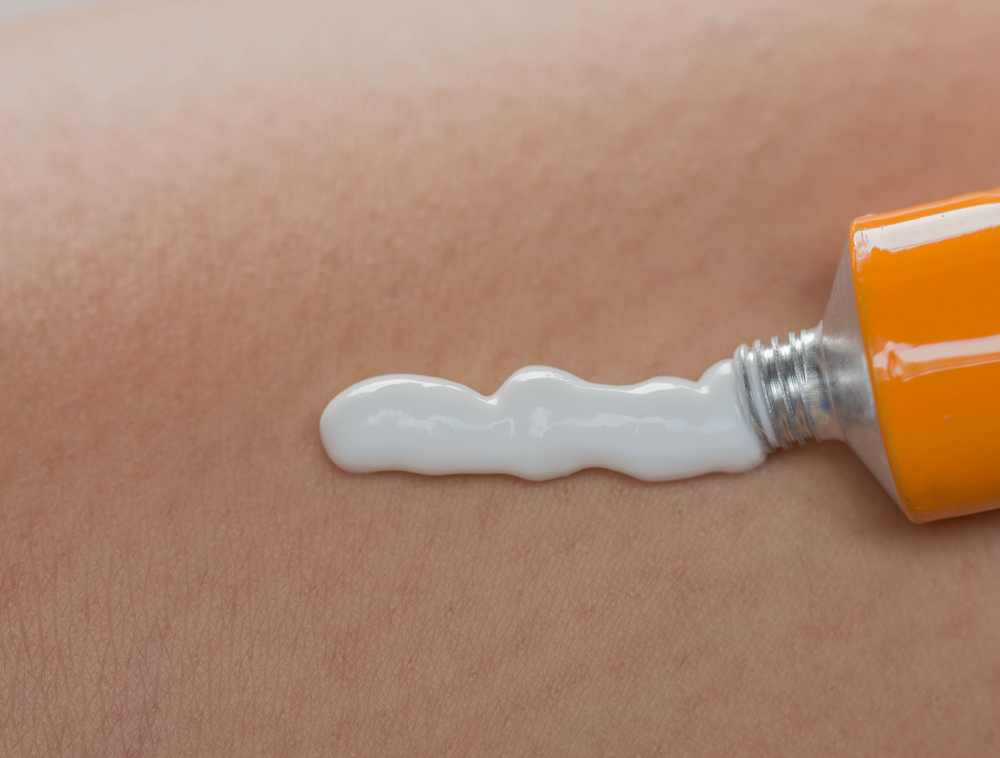Topical Paste May Prevent Skin Hardening in Scleroderma Patients

A team of researchers at Laura and Isaac Perlmutter Cancer Center developed an antiscarring paste that prevents the progression of fibrosis, representing a potential therapeutic for patients with scleroderma. The study, recently published in the Journal of the Federation of American Societies for Experimental Biology (FASEB), is titled “Adenosine A2A receptor plays an important role in radiation-induced dermal injury.”
The study focused on radiation dermatitis, a type of fibrosis that develops in about 95% of patients undergoing radiation therapy. The intense beam causes fibrotic fibers to build and leads to skin hardening. In the most severe cases, patients cannot proceed with the treatments.
The research team submitted mice to radiation in the same dose (a single dose of 40 Grays) as radiotherapy patients receive over a treatment period of five weeks to induce the formation of radiation dermatitis. In the experiment, scientists used two different strains of mice — wild-type animals (controls) and genetically engineered mice lacking a receptor, the adenosine A2A receptor (adenosine, acting at its receptors, is an established factor in fibrosis). While half of the irradiated mice (controls and adenosine A2A receptor-knockout mice) received a placebo, the other half was treated with a topical paste containing the team’s patented A2A receptor blocker.
Researchers observed that a month after radiation exposure, the control-placebo mice developed signs of fibrosis and skin thickness, accompanied by a significant increase (two-fold) in collagen (the main component of body connective tissue and whose accumulation is a key event in fibrosis). Notably, however, control mice treated with the A2A-blocker paste had a significant reduction in skin thickening. In agreement with the protective effect of A2A receptor blocker, mice lacking the A2 receptor exhibited no skin alterations after radiation.
Bruce Cronstein, MD, director of NYU Langone’s Clinical and Translational Science Institute, study lead author and a rheumatologist, said in a press release, “Our latest study is the first to demonstrate that blocking or deleting the A2A receptor can be useful in reducing radiation-induced scarring in skin. The study also suggests that adenosine A2A receptor antagonists may have broad applications as drug therapies for preventing fibrosis and scarring, not just in the liver but also in the skin.”
It is now necessary to determine if the phenotype observed in mice can be translated to humans. If successful, the authors believe that in the future, clinicians may prescribe an A2A inhibitor paste to radiation therapy patients to prevent fibrosis. This treatment also has therapeutic potential for other collagen-related diseases, including scleroderma and interstitial pulmonary fibrosis, representing an important new strategy since patients with these diseases have very few effective treatments available.






